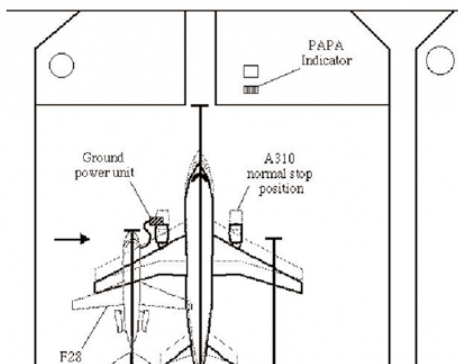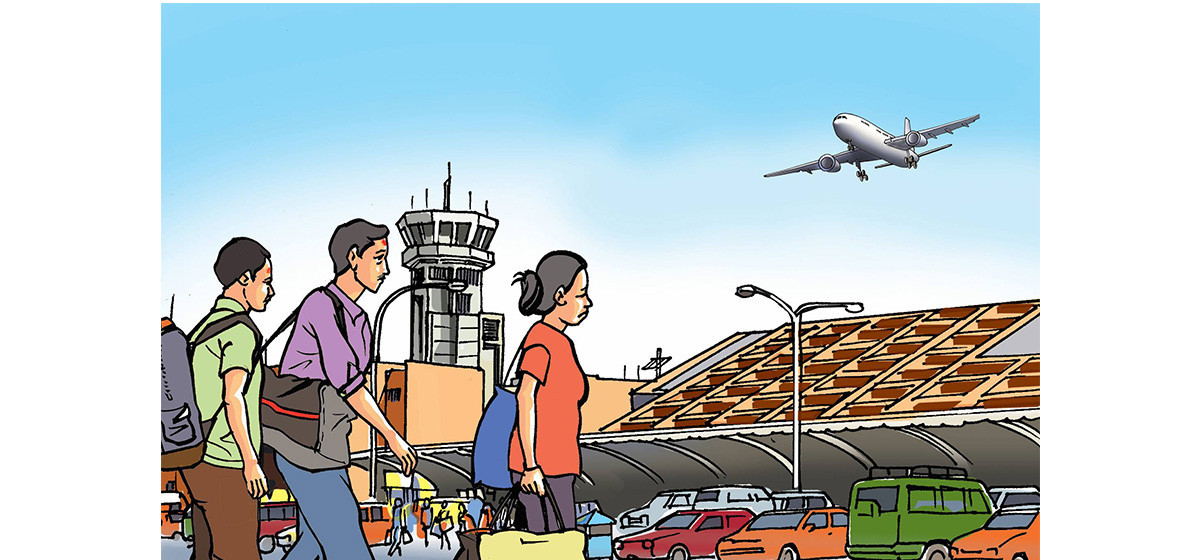
OR


Bamadev Paudel
The author, a graduate from the Wayne State University, US, is now the chairman of Canada-based KarmaQuest International, a research-focused international charitynews@myrepublica.com
Nepal, which has stepped up efforts to implement federalism, has much to learn from Canadian federalism.
Canada has few parallels in the world in successfully implementing federalism. Federalism has been part of Canadian governance since the nation was born in 1867. Canada was in a very fragmented stage before that, with only four provinces being involved in shaping the nation at the beginning while other nine provinces and territories were to be annexed in country’s 150 years of history.
Canada has adopted constitutional monarchy since it was born with British monarch as the head of the state. The head of state is represented in Canada by Governor General appointed by British queen and there are ten lieutenant generals in each of ten provinces appointed by the Governor General on prime minister’s advice.
Three-tier system
Like in Nepal, Canada has three levels of government—federal, provincial, and municipal—which include 10 provincial, 3 territorial and nearly 3,700 municipal governments. Surprisingly, there is no explicit provision of municipal government in Canadian constitution but they are regarded as subdivisions of their respective provinces and are established pursuant to provincial and territorial authorities. Municipal governments exercise a great deal of autonomy in most decisions but provincial governments hold authority to change by-laws passed by the municipal governments any time they deem necessary.
The most crucial aspect of successful federalism is to ensure that sufficient authority is devolved to provincial and local governments. If history is any guide, Canadian federalism wouldn’t have been continued until now had it not learned the lessons from past incidents. At one point, Saskatchewan, a province known as ‘breadbasket of the world’ having 40 percent of the arable land in Canada and largest producer of grains and oilseeds, was about to leave Canada through a rebellion only for the reason that the federal government hadn’t given enough rights to local aboriginal groups.
Canada wouldn’t have been the second largest country in the world now spanning from Pacific to Atlantic coasts if the rebellion in this province had been successful. Nepal has something to learn from it especially in the context that voices of dissatisfaction regarding the insufficient allocation of rights and powers have been heard.
In Canada, a clear line has been drawn specifying particular roles for a particular level of governments. Federal government takes care of foreign policy, citizenship, aboriginal affairs, printing money, macroeconomic policy-making, and national defense. Education, healthcare, property rights and civil rights come under umbrella of provincial and territorial governments. Local governments, on the other hand, look after social and community health, recycling, snow removal and emergency services.
Even though the constitution denies passing laws by one level of government that would potentially encroach on jurisdiction of another, there is no explicit mention in Canadian constitution about prohibiting them to spend money out of their own jurisdictions. Therefore there are certain shared programs. Agriculture, environment and immigration are the examples.
Shared roles
The shared responsibility between federal and provincial/territorial governments is also an outcome of the situation that federal government has an upper hand in terms of financial resources as it mobilizes funds in excess of its need. This became true particularly after 1950s when federal government started directing excess funds to the provincial and territorial governments which were otherwise in dire need of funds to implement their own programs. Universal childcare benefits serve as a typical example of this situation in which the program falls under the scope of provincial and territorial government but is financed by the federal government.
There are certain conditions attached to the programs to be implemented by provincial and territorial governments. The federal government uses the leverage of supremacy in funding capacity to influence the ability of provincial and territorial governments to implement their own programs. It is often the matter of controversy that the federal government use denial or promise of federal funds to influence provincial and territorial governments even though federal government lacks constitutional authority for such actions. This often leads to misunderstanding between different levels of government.
In order to address this, governments, including the federal government, have created departments of intergovernmental affairs which have proved to be useful in managing intergovernmental communications. These are very powerful and effective entities, often well-funded and staffed, with the ability to show presence even in the cabinet. They have been successful in setting up intergovernmental priorities and implement them. They also organize annual meetings with federal prime minister and provincial and territorial premiers. This is in practice since Canadian federal system was implemented.
Canada is a welfare state and federalism and social welfare programs go hand in hand. Most of the welfare-related activities fall under the scope of provincial and territorial governments even though expenses are shared by both provincial and federal governments. Government role in economic activities amounts to around 20 percent, a much higher than found in other developed nations.
In addition to various welfare programs already in place, Canada recently announced free prescription medications for children and adults aged below 24 and tuition waiver for low-income earners until the college education in Ontario where nearly 40 percent of the country’s population lives.
A massive expenditure in such social welfare programs demonstrates that even the claim of so-called self-proclaimed socialistic governments around the world falls short of Canadian experience when it comes to providing social safety nets to the needy people.
It might sound strange but Canada has proved itself as a successful model of implementing capitalistic system intertwined with strong social welfare programs. This has become possible as a result of responsible federal governance system under which shared responsibilities are taken up by different levels of government.
On the flip side, Canada is often criticized for human rights issues relating to aboriginal people, despite its continuous efforts to improve their conditions. To address this, the federal government has launched various plans of actions to bring aboriginals into the mainstream economy while protecting their identities. A separate ministry called Ministry of Crown-Indigenous Relations and Northern Affairs has been created to look after their concerns.
Nepal, which has stepped up efforts to implement federalism, has much to learn from Canadian federalism.
The author is chairman of KarmaQuest International, a research-focused international
charity based in Canada
bdpaudel@yahoo.com
You May Like This

Kavre court convicts ex-UN official of pedophilia
KATHMANDU, June 12: Kavre District Court on Monday convicted former senior United Nations official Peter Dalglish of sexually assaulting children in... Read More...

Small bug, big lesson
Long period of stagnation has harmed RA’s image significantly. Regaining it will be slow and painful but it needs to... Read More...

Elderly Canadian couple reunited after photo of separation goes viral
TORONTO, Sept 27: An elderly Canadian couple who gained international sympathy when they were forced to live in two different nursing... Read More...



Just In
- Lack of investment-friendly laws raises concerns as Investment Summit approaches
- 550,000 people acquire work permits till April of current fiscal year
- Fixing a win by outlawing dissent damages democracy
- MoHP cautions docs working in govt hospitals not to work in private ones
- Over 400,000 tourists visited Mustang by road last year
- 19 hydropower projects to be showcased at investment summit
- Global oil and gold prices surge as Israel retaliates against Iran
- Sajha Yatayat cancels CEO appointment process for lack of candidates










_20220508065243.jpg)


Leave A Comment